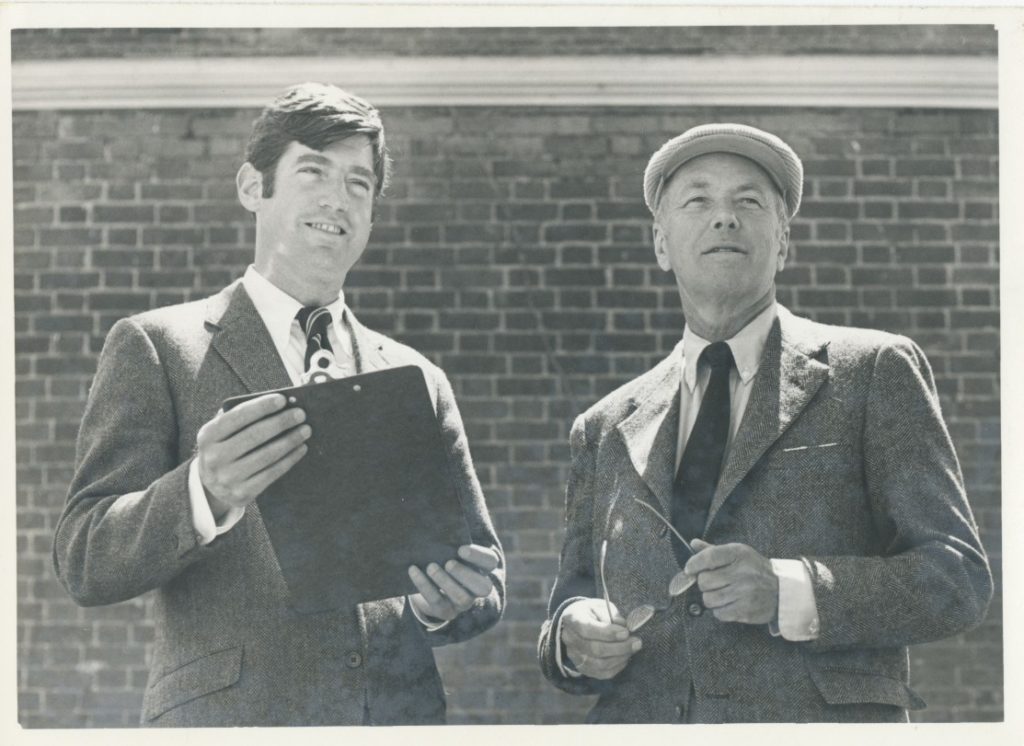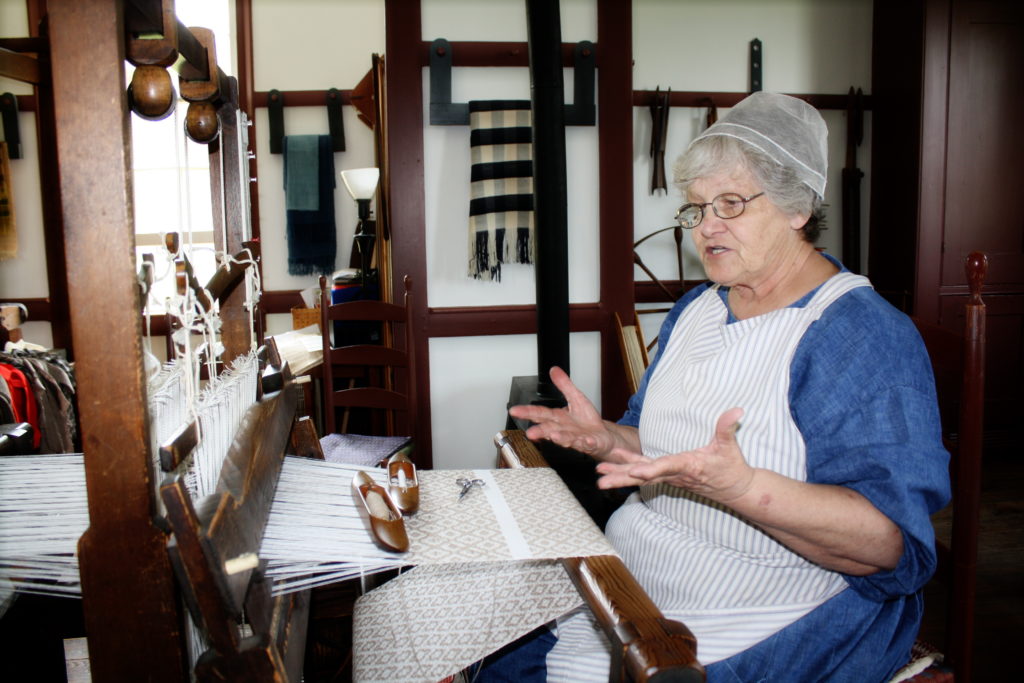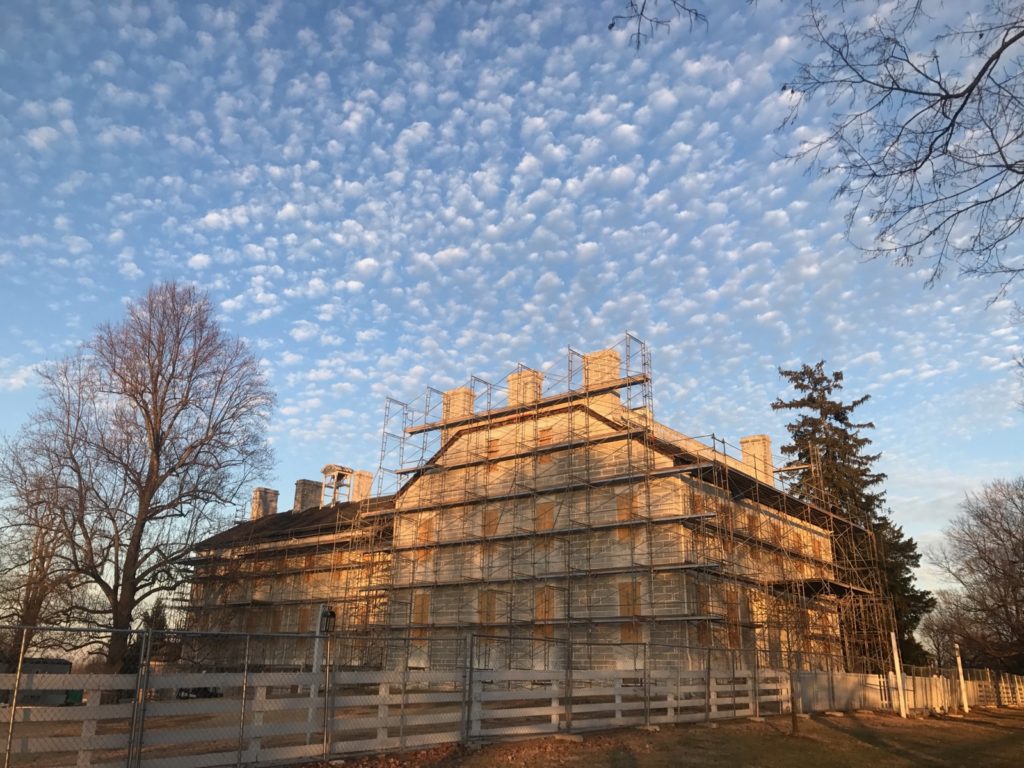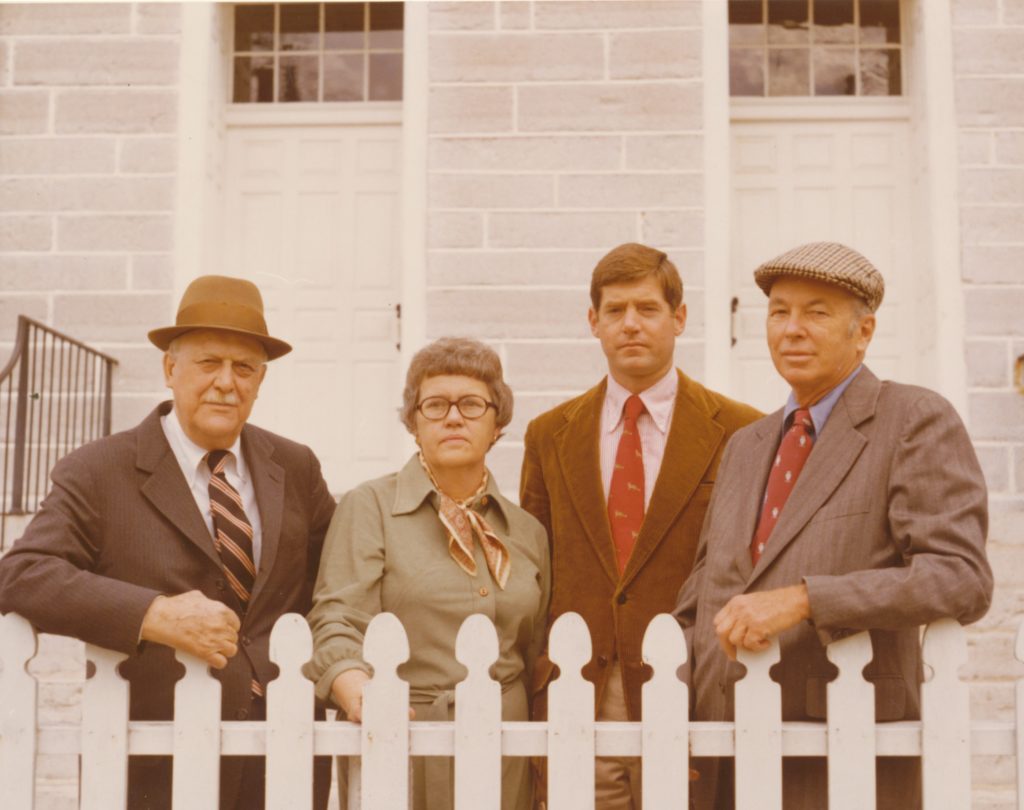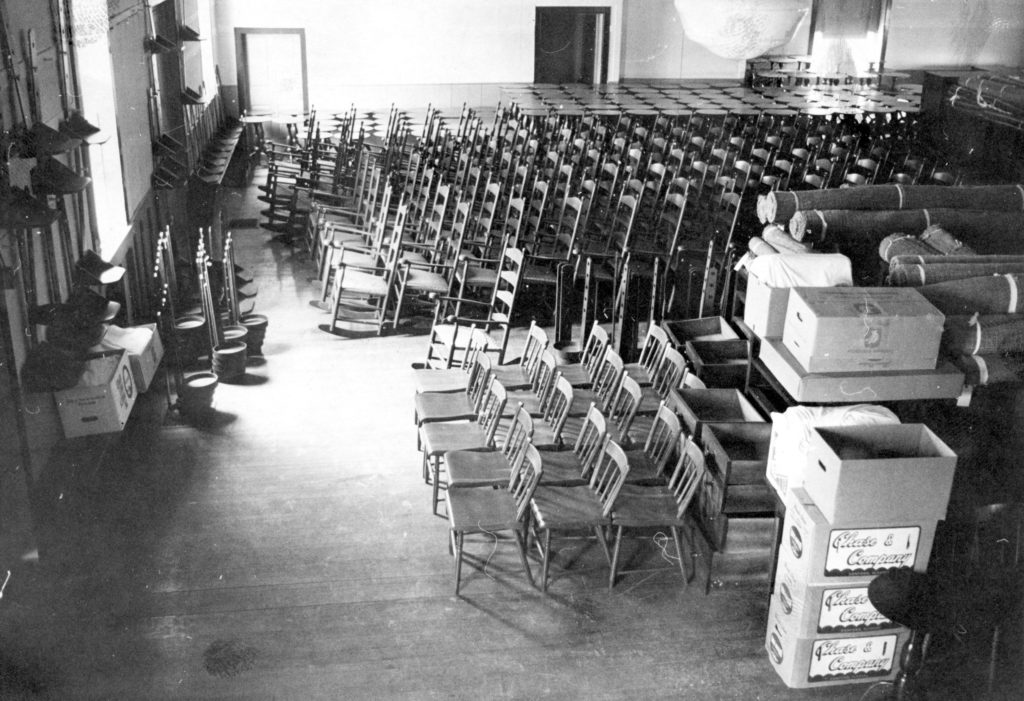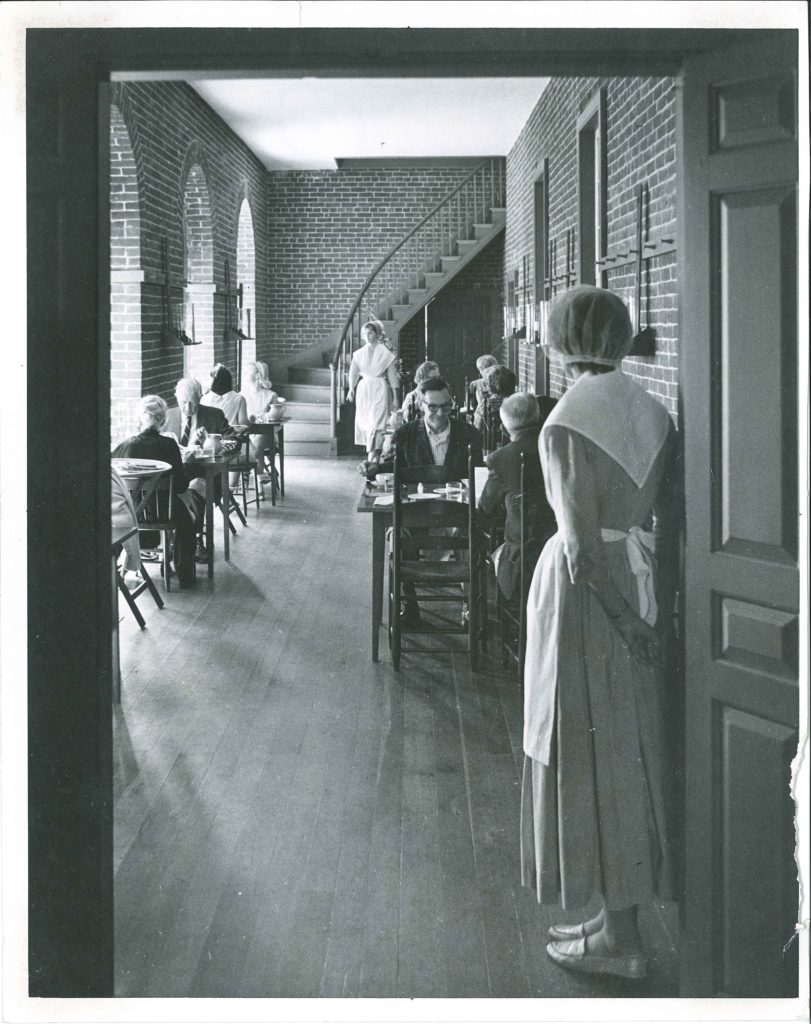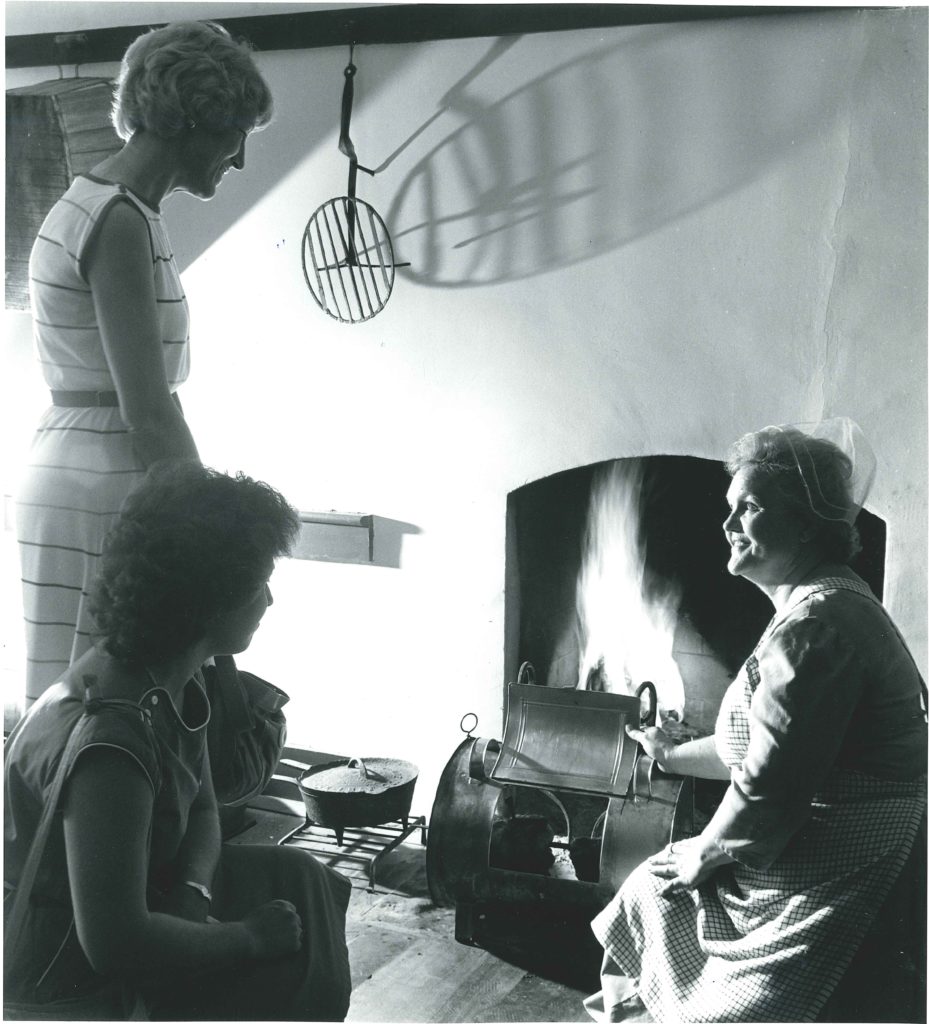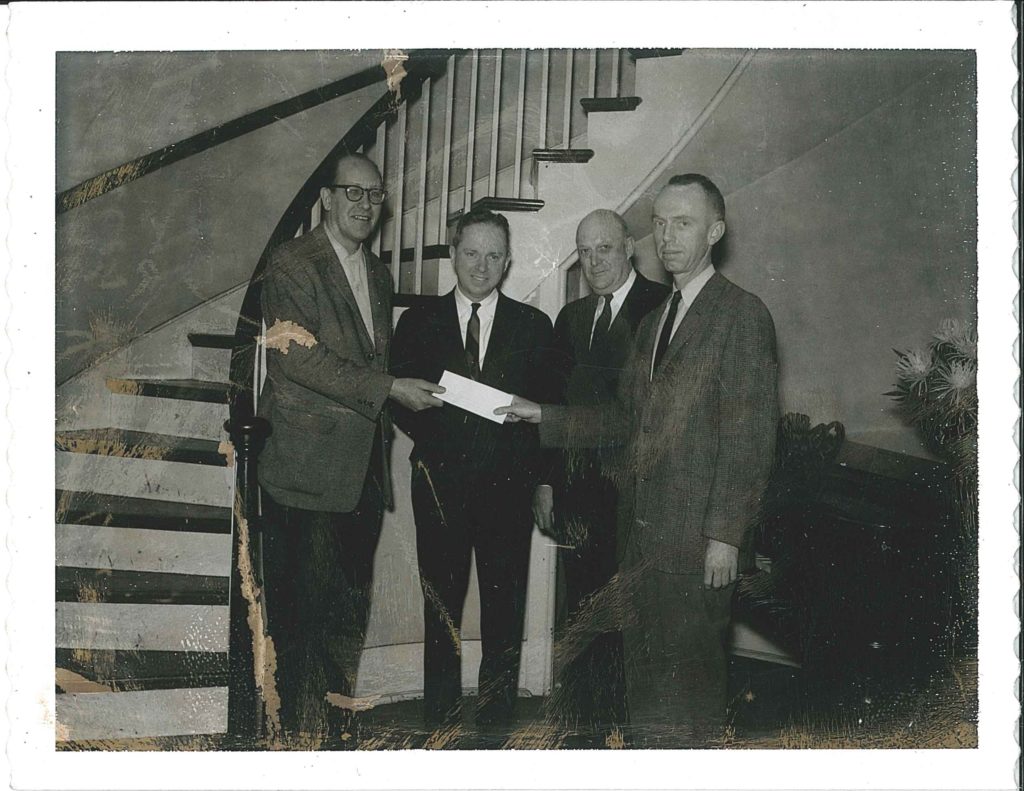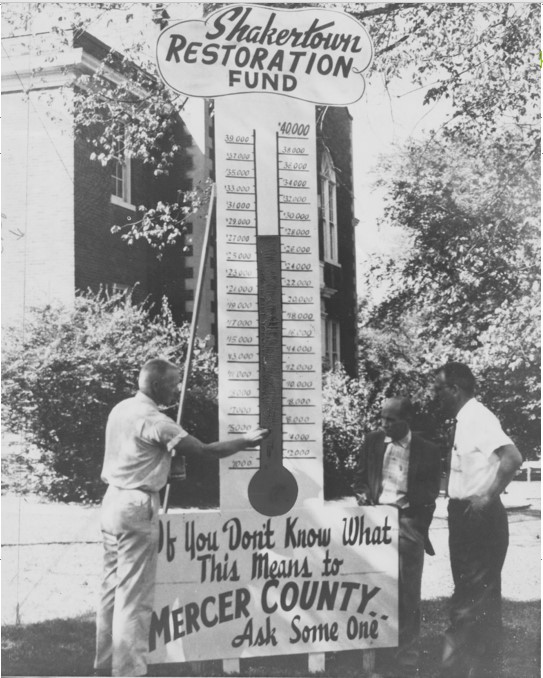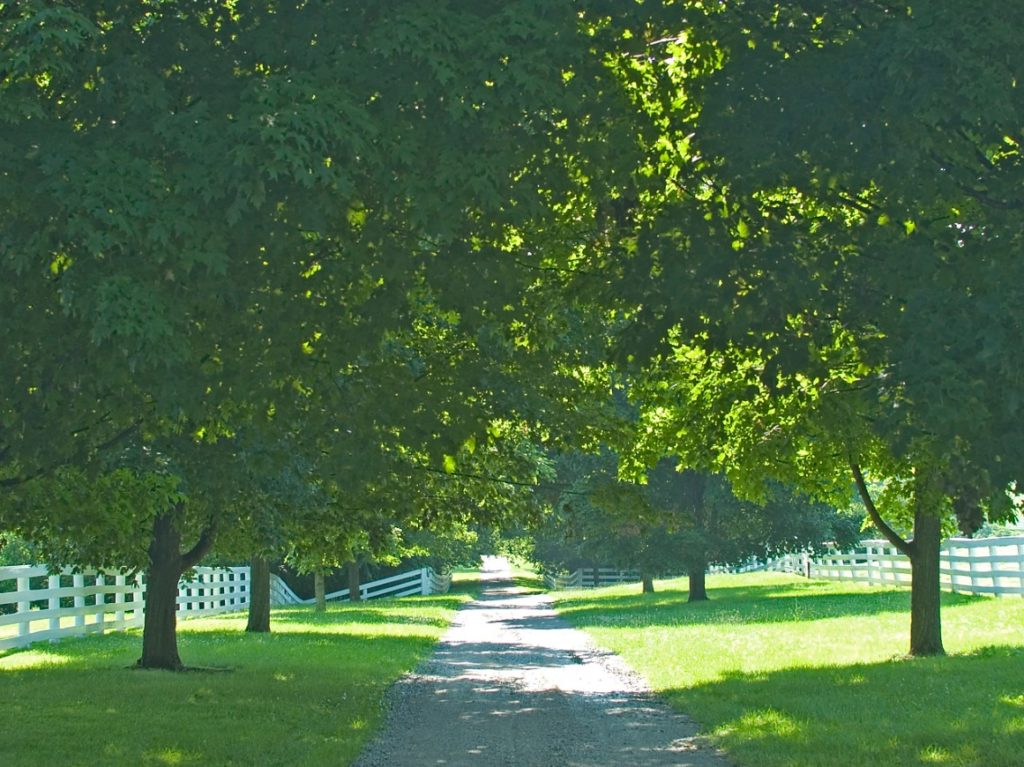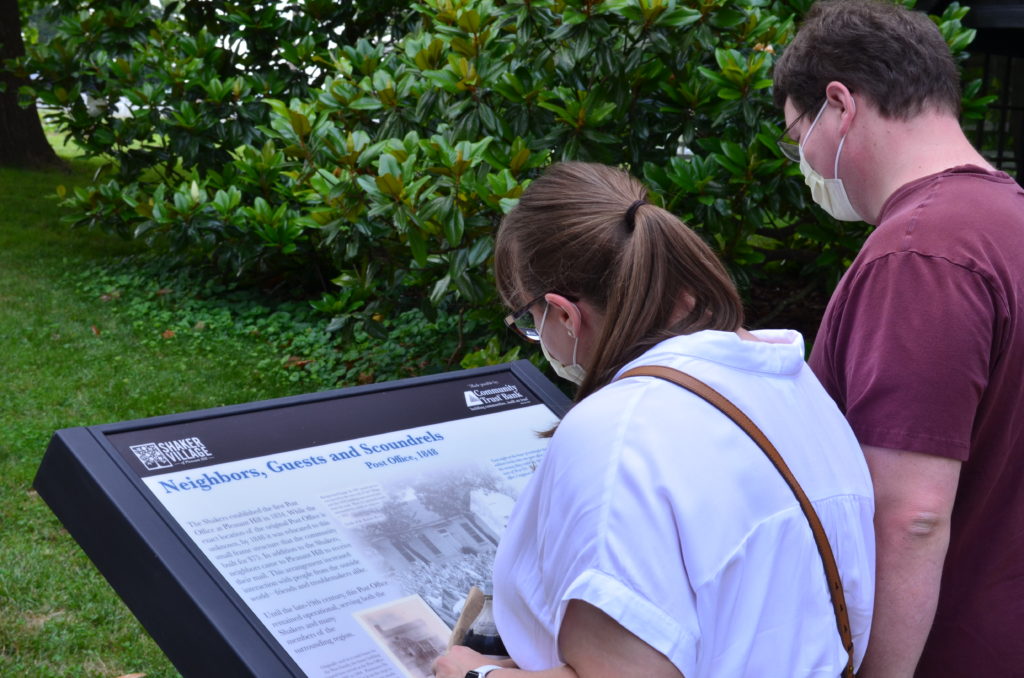Melissa Williams, Development Coordinator
“We are so indebted to the fact that they had that foresight and that passion to do it. We’ve got to have the same foresight today, and the same sense of passion about this place in order to make sure it’s here for the next generation and the generation after that.” – Maynard Crossland, President & CEO
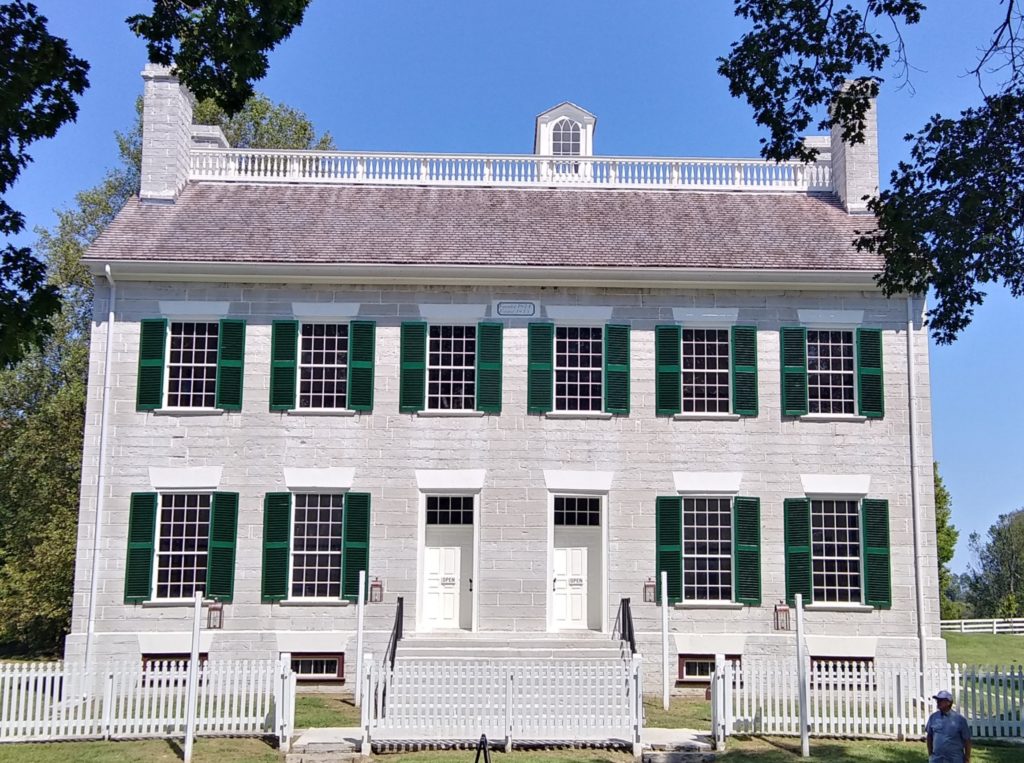
This month the nonprofit organization that operates this historic site celebrates its 60th Anniversary. As we cross this milestone, the enormity of what we have accomplished over the last six decades to preserve the site and interpret the Shakers is overwhelming. But, perhaps what makes Shaker Village most special, is what it means to each person who has visited in the last 60 years.
RECOUNTING VISITOR MEMORIES
A couple of years ago we asked our Facebook followers about their first visit to Shaker Village and we had 100+ responses. While we knew that Shaker Village was a special place, the comments confirmed that our visitors feel that way too. We were both inspired and humbled by the outpouring of love.
“My college professor took us on a field trip there and we had lunch. I was 20. I’ve been smitten with Shaker village ever since.” – Debi Cain
“I have been several times, but the best was when all our family went with our dad. He is no longer with us, but the memory is everlasting. This is a beautiful place, with rich history.” – Cindy Bates
“I was 11 when we moved here from Michigan, 1995. We visited Shaker Village and I know I loved it then. I am an annual cardholder, take my children as an adult now.” – Kenna Routt
“I believe I was about 8 or 10 years old when my parent took me. I liked it then but really grew to love it when I started coming back as an adult in my late 20s.” – Laura Hall
“I visited Shaker Village when I was around 13. My most memorable visit was Valentines Day 1985. My husband proposed that night.” – Connie Howerton
Over the years we have hosted individuals from across the country and abroad. School children have explored The Farm and the historic buildings on field trips. Families have stayed with us over the Thanksgiving holiday year after year. We’ve held events like Craft Fair, the Chamber Music Festival and Illuminated Events that have become annual traditions for many. Each visitor has a personal, unique reason that keeps them connected to the site and coming back time after time.
This week we are launching a public Tribute to Shaker Village to capture the reason(s) why you love Shaker Village and your memories of visiting over the years. Click here to visit the Tribute page and join us in celebrating this important anniversary.
PREPARING FOR THE FUTURE
The stories that you share with us highlights how important it is to be persistent in our task. As we celebrate this milestone, we are already looking ahead to the next 60 years and considering how to preserve this site for future generations.
To prepare, we are continuing to work on strengthening our business operations, which means continued improvements and innovations to the guest experience. We are currently undertaking a $2.1 million project to install 20,000 square feet of new, permanent exhibits across the site. Fundraising for this project is at about 17% of the goal, with contributions from private donors and funding through grant awards. These exhibits, and the Shaker Village App (launching soon), will provide guests with new ways to discover Shaker history. The dual approach of physical exhibits and a digital experience will also provide Shaker Village with the flexibility to adapt the guest experience over time as audience expectations continue to evolve.
The guest experience is only one of the keys to our future success. We must also continue the preservation work of the 34 historic Shaker buildings that began in the 1960s. Shaker Village takes a dual approach to this important work by committing to annual maintenance while also taking on full-scale restoration projects such as the one underway now on the 1817 East Family Dwelling. Full restoration will be needed periodically in the future as regular use of the buildings and environmental factors impact the structure.
To ensure the future of the site we are also working to build our endowment. Since 2014, we have raised $6.2 million to grow our endowment to approximately $10 million. There are several endowment funds, including one dedicated to building maintenance and preservation, that will provide operational income in the future. These endowment funds are critical to ensuring a strong financial future.
HELP SUPPORT THE NEXT 60 YEARS
If we can learn one thing from the community leaders who helped form Shakertown in the 1960s, it is that we should remain undaunted by the task of preserving this site for future generations. They succeeded in saving the 34 historic buildings that remain at Shaker Village today and they succeeded in drawing an audience who fell in love with and understood the specialness of Pleasant Hill.
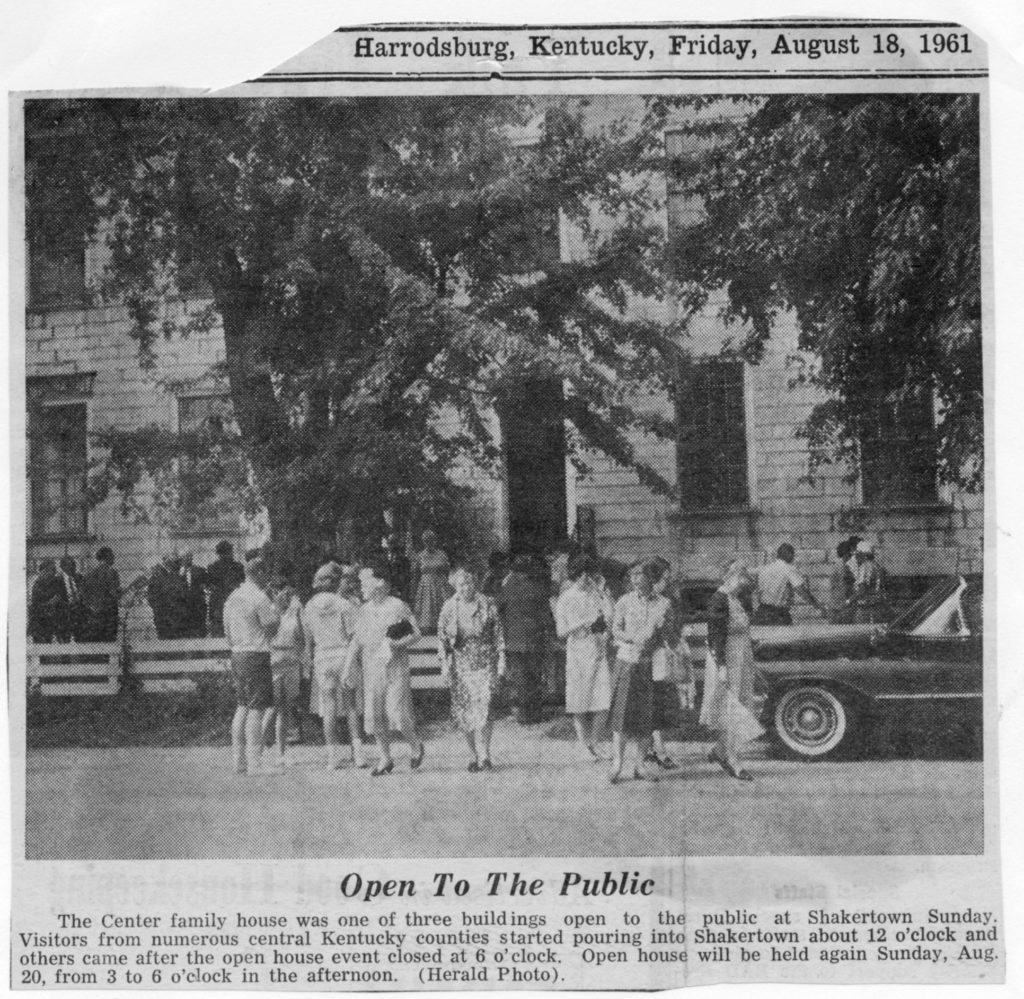
You can help support Shaker Village’s next 60 years!
- Come and visit us! Participate in the Daily Programs, dine at The Trustees’ Table, and stay overnight in one of our 72 hotel rooms.
- Hike or Ride on the trails. We have nearly 37-miles of multi-use trails that run through our stunning nature preserve. The summer and fall are great times to explore the natural habitat.
- Bring a friend with you! Or tell a friend about the experience you had when you visited.
- Purchase an Annual Pass. We offer three types of passes which provide you with special benefits and your passholder fees directly support our programming, historic preservation, The Preserve and more.
- Donate. A gift of any size will support Shaker Village today and help us build a bright future.
- Consider a donation to the Endowment. Your gift today, or through a planned estate gift, carries your love for Shaker Village and your concern for the site forward into the future to ensure Shaker Village is here for the next generation and the generation after that.
